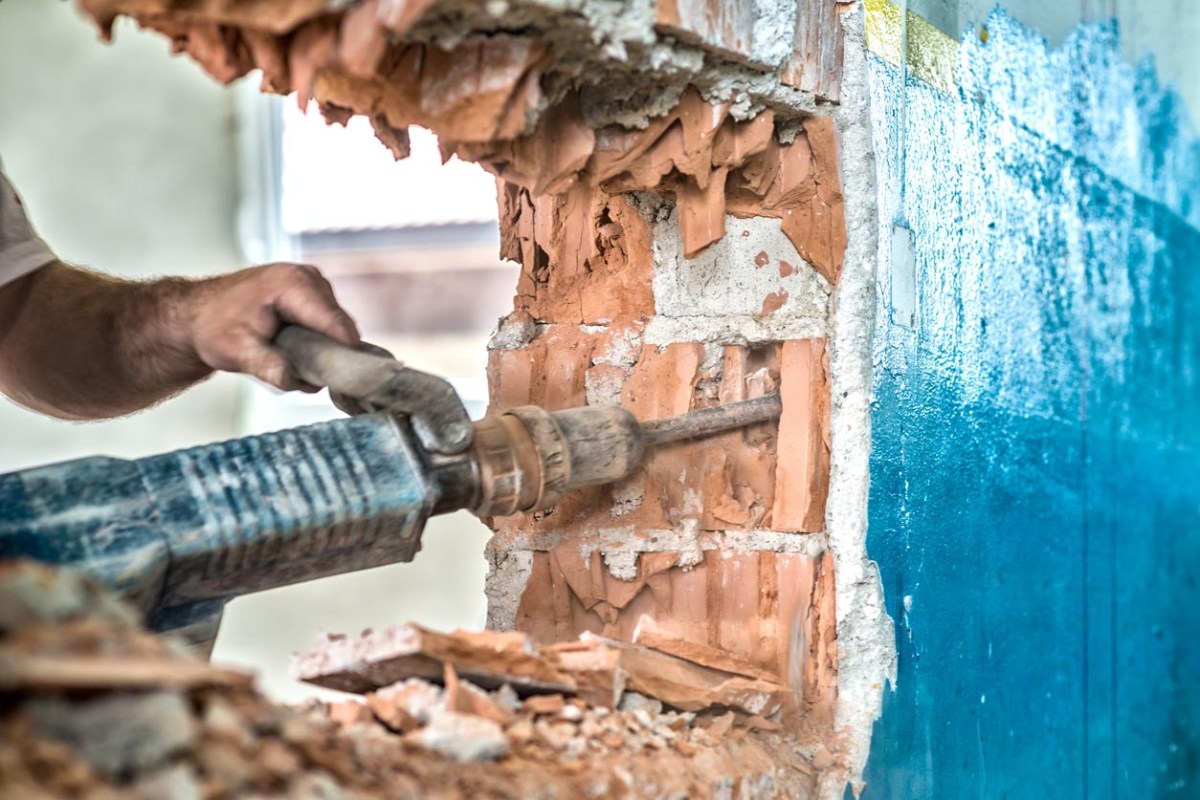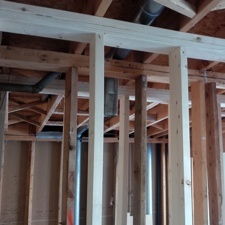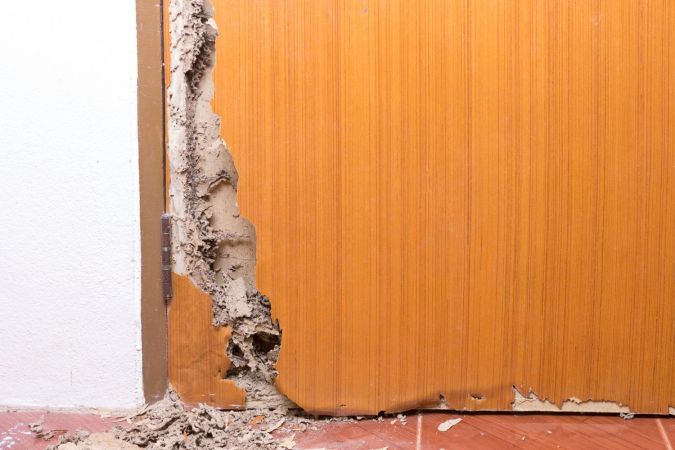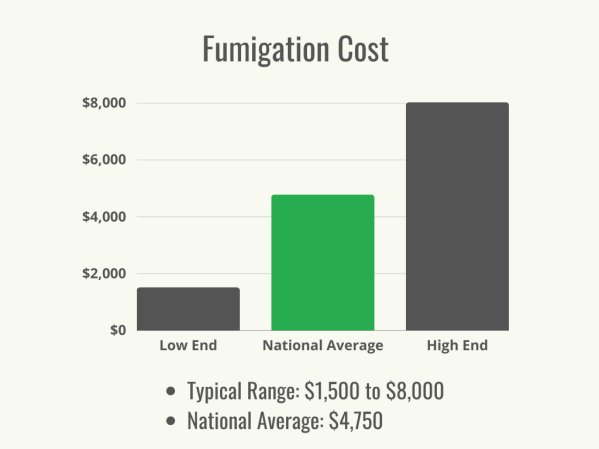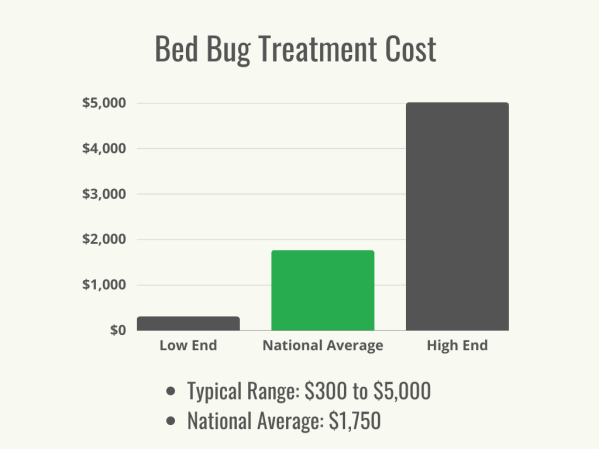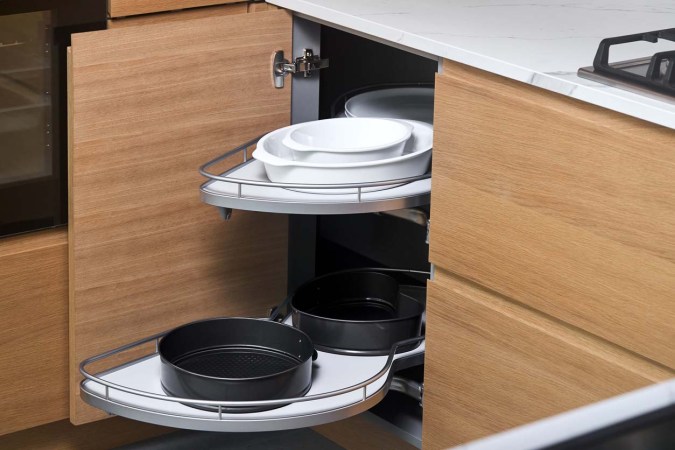We may earn revenue from the products available on this page and participate in affiliate programs. Learn More ›
Highlights
- It typically costs between $300 and $10,000 to remove a wall from a home.
- The main factors that affect the cost to remove a wall include the wall type, the wall location and material, and the cost of labor.
- Some of the benefits of removing a wall include creating an open floor plan, increasing natural light, improving traffic flow, and repurposing a room.
- A homeowner with demolition experience may be able to remove a non-load-bearing wall themselves, but if the wall is load-bearing, it’s better for the homeowner to call a professional.
Deciding to remove a wall can be both exciting and daunting for homeowners. While the idea of creating a more spacious, open living area is alluring, taking on the cost and considering temporarily living in a construction zone can be concerning.
According to Angi and HomeAdvisor, the cost to remove a wall can be anywhere from $300 for a small, non-load-bearing wall and up to $10,000 for a load-bearing archway. Labor costs and electrical or plumbing work heavily influence the final cost, along with material removal and drywall repair.
In this cost guide, readers will learn how to estimate the cost of wall removal based on their unique situation, along with tips on how to save on removal costs and whether wall removal is an ideal DIY project or a job best left to the professionals.
Factors in Calculating the Cost to Remove a Wall
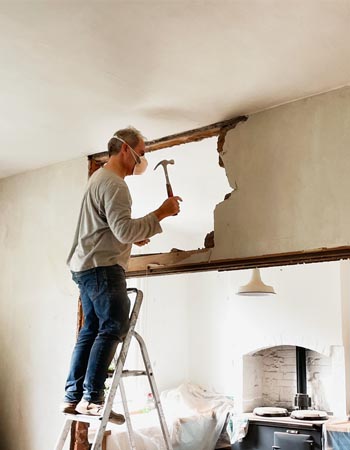
Understanding the various factors at play is crucial when homeowners are estimating the cost to remove a wall. With a typical range of $300 to $10,000, expenses vary widely, depending on the wall type, location, and wall material. Here are some of the top considerations to keep in mind.
Wall Type
There are three types of walls to consider when homeowners are estimating wall removal costs:
- Non-load-bearing walls
- Load-bearing walls in single-story homes
- Load-bearing walls in multi-story homes
Non-load-bearing wall removal costs between $300 and $1,000 and is the most affordable type of wall removal. Load-bearing walls in single-story homes have a removal cost range of $1,200 to $3,000. Load-bearing walls in multi-story homes are the most expensive to remove, and homeowners will want to be prepared to pay anywhere from $3,200 all the way up to $10,000.
Wall Location
Location is essential to keep in mind when homeowners are knocking down a wall. In most cases, an exterior wall removal will be more costly and complicated than an interior wall removal. There are several reasons for this.
First, exterior walls are typically load-bearing. Since they’re integral to a home’s structural integrity, removal involves careful planning, load reinforcement, and engineering work to prevent severe structural damage. Exterior walls are also often built using more robust materials, which can increase demolition costs, and removal may be weather-dependent, with construction schedules influenced by seasonal factors.
Interior walls are typically non-load-bearing, serving as partitions. This makes their removal less complex than the removal of exterior walls. Interior walls also tend to be built with lighter construction materials and rarely require a permit, streamlining the construction process and reducing costs.
| Wall Location | Average Cost (Materials and Labor) |
| Exterior | $3,500 to $10,000 |
| Interior | $300 to $5,000 |
Wall Material
Wall removal prices depend on the material that was used to build the wall. Some materials are denser and require heavier equipment and more labor to remove, increasing costs. The disposal of certain materials may need to meet environmental guidelines, which can also drive up removal prices.
Other materials may require additional safety precautions or protective gear during removal that can increase costs, while others may offer more recyclability and potentially lower removal costs.
| Material | Average Cost per Square Foot (Materials and Labor) |
| Block | $2.20 to $4.70 |
| Brick | $2.90 to $6.40 |
| Drywall | $0.30 to $0.45 |
| Plaster | $0.45 to $0.75 |
| Stud | $0.65 to $1.30 |
| Wood | $0.40 to $0.60 |
Labor
Several factors can influence labor costs for removing a load-bearing wall. First, some wall materials are denser or harder to work with and can increase labor costs. Thickness also plays a role, with thicker walls often requiring additional labor hours due to the extra demolition work required.
Load-bearing walls can increase labor costs if they require additional planning and reinforcement. Walls that are difficult to access may incur higher labor expenses as well.
The average labor cost for wall removal is between $60 and $125. Homeowners can expect smaller, non-load-bearing walls to take just a few hours to demo, while larger, load-bearing walls can take up to a week to remove safely.
Additional Costs and Considerations
Besides the factors already covered, there are some potential scenarios to consider when homeowners are estimating the cost to remove a wall. These scenarios could involve additional costs and considerations that affect a homeowner’s budget and timeline.
Support Beams
When homeowners are removing a load-bearing wall, one or several load-bearing beams must be installed as an alternative structural element to carry the load of the removed wall. Support beams are not optional, but homeowners can choose the material of the beam with their budget in mind.
Steel support beams are the more costly option, but they’re extremely durable and suitable for heavier structural loads. Homeowners can expect to pay between $1,300 and $5,000 per beam when opting for steel.
Laminated veneer lumber, or LVL, beams are more cost-effective and priced between $55 and $400 per beam. Labor costs can tack on an additional $200 to $400 per beam, but LVL is still more affordable than steel. However, it’s not as durable.
Electrical and Plumbing Work
Wall removal can impact electrical wiring hidden within. Assessing, removing, and relocating electrical wiring are all parts of the job that a professional will need to do. A qualified electrician costs between $50 and $100 per hour. Costs may be higher if there are unexpected issues, such as outdated or sub-standard wiring.
Additionally, plumbing may need to be rerouted or replaced when walls are being removed. While costs for a professional plumber vary based on job scope, including the number of pipes involved, hourly rates range from $45 to $200, plus the cost of materials.
It’s wise for homeowners to schedule assessments with a plumber and electrician before removing a wall to determine the scope of any necessary work and projected costs.
Hazardous Materials Removal
Hazardous materials, including mold, asbestos, and lead, can present a serious issue during a wall removal process. It’s always recommended for homeowners to have a professional with expertise and the proper safety gear to handle toxic materials.
Wall demolition costs tend to rise when hazardous materials are discovered. For example, mold removal costs between $1,500 and $3,500, depending on the extent of the contamination. Older homes may contain asbestos, a toxic material that professionals must remove. Asbestos removal costs between $400 and $500.
Lead paint is another hazardous material often found in older homes. Professional lead paint removal is essential and can cost between $8,000 and $15,000, depending on the house size.
Wallpaper Removal and Replacement
To match aesthetics, wallpaper may need to be removed or replaced when homeowners are taking a wall down between two separate spaces. While wallpaper can be a fun DIY project for some, others may prefer hiring a professional.
Professional wallpaper removal costs range from $400 to $1,100, depending on the size of the removal zone and the type of wallpaper being removed.
Hiring an experienced wallpaper installer can be more affordable, ranging from $400 to $750. Again, the final price depends heavily on the size of the area to be covered and the type of wallpaper chosen. Local labor fees also play a role in determining the final price of both removal and installation.
Drywall Installation or Repair
After a wall is removed, patching exposed areas with new drywall is often the next step. Drywall costs between $1.50 and $3.50 per square foot, depending on the drywall type used and the patch’s complexity.
In other situations, repairing existing drywall may be required. Drywall repair costs are based on the type and location of the damage. While the average price range for drywall repair is $294 to $876, project scope can make a difference when it comes to budgeting.
Smaller holes or dents can be as affordable as $10 to $30 to repair, while larger projects, such as ceiling repairs, can cost as much as $1,300 to correct.
Painting
Painting the remaining interior walls after removing a wall from the same space is often essential in achieving a cohesive and finished look. While painting can be a simple DIY project, only some homeowners have the time, patience, or tools for the job. The cost for professional painting for an average 10-by-12-foot room ranges from $300 to $750, excluding the price of paint.
When painting an interior space after wall removal, homeowners will want to remember that painting the walls alone will be much more affordable than also painting the ceilings, trim, and other architectural elements in the space. Preparation work can also influence pricing. If there is patching, sanding, or priming to be done, prices are likely to be higher.
Cabinet and Countertop Installation
Taking down walls opens up new opportunities for improved flow and functionality. Increasing storage and workspace by installing additional cabinets and countertops is a great idea when a pass-through is being created between rooms. While they’re most commonly found in kitchens, cabinets and countertops can help make any space more functional.
The cost to install countertops ranges from $1,900 to $4,200, depending on the materials used, the size of the countertops, and local labor rates. Customization and complexity can push the price to the higher end of the scale.
While kitchen cabinets can cost as much as $13,000, adding a smaller section of cabinets to a kitchen pass-through or any other type of room may cost significantly less.
Flooring
Removing a wall can leave one open space with two different types of flooring. New flooring is often the best solution to create a seamless transition between the connecting areas.
The cost of new flooring installation depends on the type of material chosen, though prices typically range from $6 to $10 per square foot. More affordable flooring options include laminate, vinyl, and engineered wood, while more expensive and luxurious flooring types include solid hardwood, natural stone, and ceramic tile.
The size of the area also plays a significant role in determining the final installation cost. When budgeting for new flooring, homeowners will want to ensure all measurements are accurate.
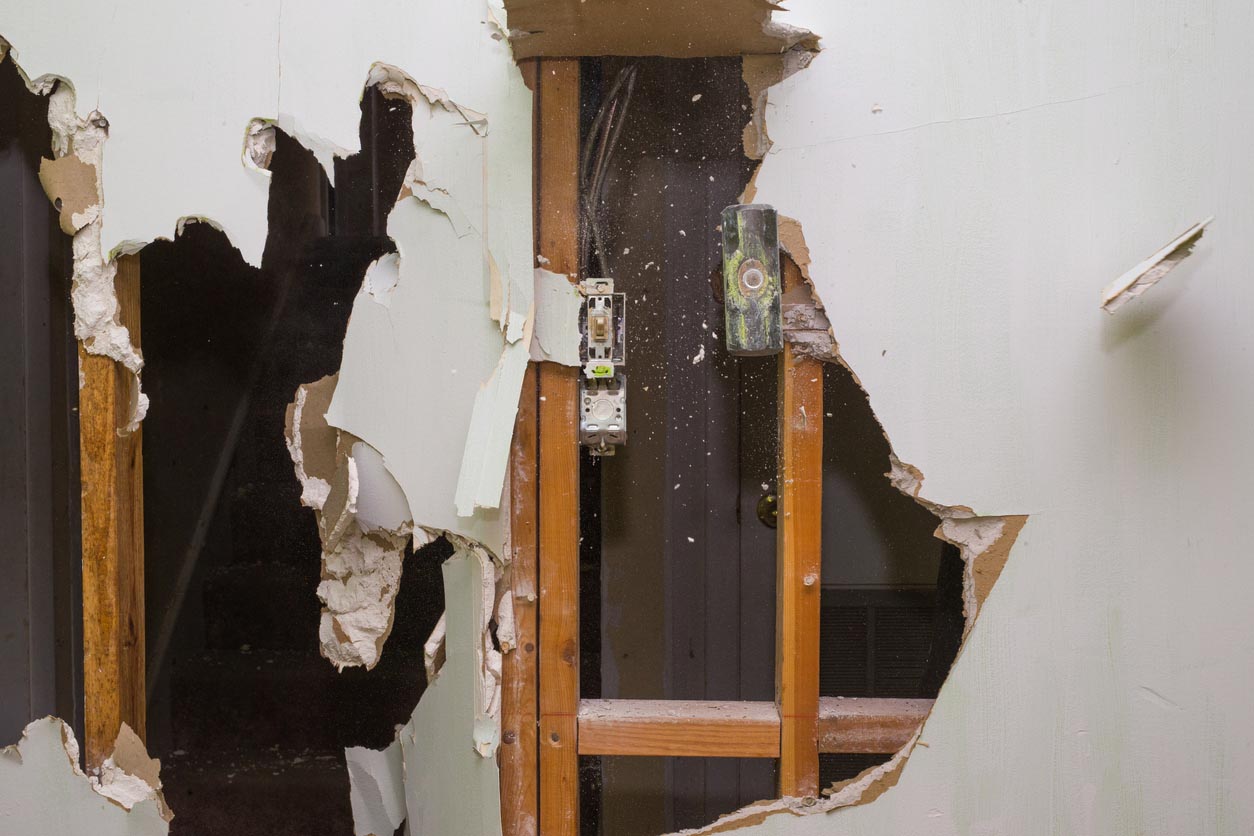
Cost to Remove a Wall by Type of Wall
Not all interior walls are the same. Some are decorative, while others are structural. Walls in multi-story homes also have removal processes that are different from those in single-story homes. When homeowners are using a wall removal cost calculator to estimate removal costs, or even if doing so by hand, understanding the differences between the following wall types is essential.
| Wall Type | Average Cost (Materials and Labor) |
| Load-bearing (multi-story home) | $3,200 to $10,000 |
| Load-bearing (single-story home) | $1,200 to $3,000 |
| Non-load-bearing | $300 to $1,000 |
Load-Bearing (Multi-Story Home)
Removing a load-bearing wall in a multi-story home has a higher price range, with homeowners paying anywhere between $3,200 and $10,000. Multi-story load-bearing walls support the weight of multiple floors or stories, so they tend to be thicker and more structurally substantial than single-story load-bearing walls. Since laborers have to handle much greater loads, higher costs are associated with this type of wall.
Multi-story load-bearing walls also tend to have longer timelines for removal, which can extend overall costs. With the planning, engineering, and reinforcing involved, projects involving multi-story load-bearing walls take longer to complete and rack up additional labor hours.
Load-Bearing (Single-Story Home)
A load-bearing wall supports the weight of the structure above it, whether it’s a roof or an additional floor. Load-bearing walls must be made of strong materials such as concrete or steel, and they’re strategically placed throughout a home to evenly distribute weight and ensure the building is stable and safe.
Load-bearing walls in single-story homes cost between $1,200 and $3,000 to remove. It’s advised that homeowners work only with professionals who know how to remove a load-bearing wall correctly, including using additional support beams or columns. This is rarely a DIY-friendly job.
Non-Load-Bearing
As the most affordable type of wall to remove, non-load-bearing walls provide homeowners with a cost-effective home improvement project to consider. In some cases, removal can even be a DIY project.
Non-load-bearing walls do not carry the weight of the structure above them. Instead, they serve as partitions, creating partitions and privacy. As a result, they tend to be made with lighter materials that cost less to remove.
Minimal reinforcement is needed to remove non-load-bearing walls, so the job moves faster and costs less. Some non-load-bearing walls don’t require a permit for removal, decreasing costs even further. Homeowners can expect to pay anywhere from $300 to $1,000 for non-load-bearing wall removal.
Benefits of Removing a Wall
Breaking down walls offers homeowners several advantages. From opening up a home’s floor plan to increasing natural light and improving traffic flow, there are several reasons to consider removing a wall.
Open Floor Plan
Removing a wall opens up the interior space in a home and creates a seamless flow. As a result, the house may feel larger. Open layouts create less friction during daily traffic patterns than sectional layouts.
With fewer walls in the way, better social interaction is encouraged at family gatherings and celebrations. Additionally, without walls, furniture layouts can be easily adapted to different event types.
Finally, an open floor plan gives a home a contemporary look. When it comes time to sell, homes with open floor plans may be more appealing to potential buyers.
Increased Natural Light
With fewer obstacles blocking the natural flow of light, homeowners can enjoy a brighter and more inviting living space after wall removal. While the enhanced ambience is an instant benefit, a reduced reliance on lamps and light switches offers potential energy savings over time.
Being in natural light can improve one’s mood and increase happiness levels, especially for those who enjoy connecting to the outdoors. Increased natural light can also help rooms appear larger and more spacious while enhancing a home’s market value. Homeowners with a green thumb may also appreciate an increase in natural light as it helps their indoor plants grow and thrive.
Improved Traffic Flow
Homes with insufficient traffic flow often waste valuable space. Awkward layouts and inaccessible areas can lead to congestion and frustration. Poor traffic flow can also be dangerous for those with mobility challenges.
Property owners who decide to remove interior walls typically improve traffic flow in their homes. Connecting previously separated areas makes moving from one space to another easier. This is an exceptional benefit for parents of young children. With fewer barriers, it’s easier to keep a watchful eye.
Improved traffic flow can also make daily routines more efficient and encourage better social interaction among family members and guests. Finally, improved traffic flow can also improve a home’s safety by reducing the risk of accidents and collisions.
Room Repurposing
Wall removal can give a home a fresh lease on life without homeowners having to takelp on the cost and stress of significant structural changes. With fewer walls, homeowners have a blank canvas to reimagine their living spaces.
For example, removing the wall between a separate kitchen and dining room can create an open layout that’s ideal for entertaining. With a full demolition, the entire space can be reimagined into a dream kitchen that wouldn’t have been possible without changing the structure.
Homeowners also have the option to replace walls with glass partitions or sliding doors to maximize a space’s potential. These features are handy for sparsely used guest rooms, allowing them to be opened up when not in use.
Removing a Wall: DIY vs. Hiring a Professional
When the decision has been made to remove an interior wall, the next question homeowners tend to have is whether this type of project has DIY potential or is best left to a wall removal contractor.
Many homeowners believe there’s an opportunity to shave off significant costs by removing a wall themselves. But this is a project that’s far from free. Some potential costs of DIY include the following:
- Material expenses like the purchase of drywall and tools
- Rental of specialized equipment
- Repairs due any DIY-related mishaps down the road
With a variety of expenses to consider, DIY wall removal is rarely the frugal opportunity homeowners might think it is.
While calling in a professional has a few drawbacks—mainly the higher base cost and the potential for scheduling constraints depending on the contractor’s availability—homeowners will want to consider the multiple advantages of hiring an expert.
- Expertise and experience. A professional can assess the wall’s structural integrity and ensure it’s safe to remove. They can also handle any unexpected issues that arise.
- Safety. An expert will know how to handle potential hazards such as electrical wiring, plumbing, or load-bearing structures within walls and use the appropriate tools, equipment, and safety measures.
- Compliance with building codes. Professionals are familiar with local building codes and regulations, ensuring that the wall removal project meets all legal requirements.
- Quality workmanship. Professionals have the skills to perform precise and high-quality work, resulting in a finished product that looks better and functions correctly.
When making the decision between DIY and going pro, homeowners will want to consider their own skills and capabilities. While a small, straightforward wall removal project may be approachable, complex load-bearing demolitions are always best left to the professionals.
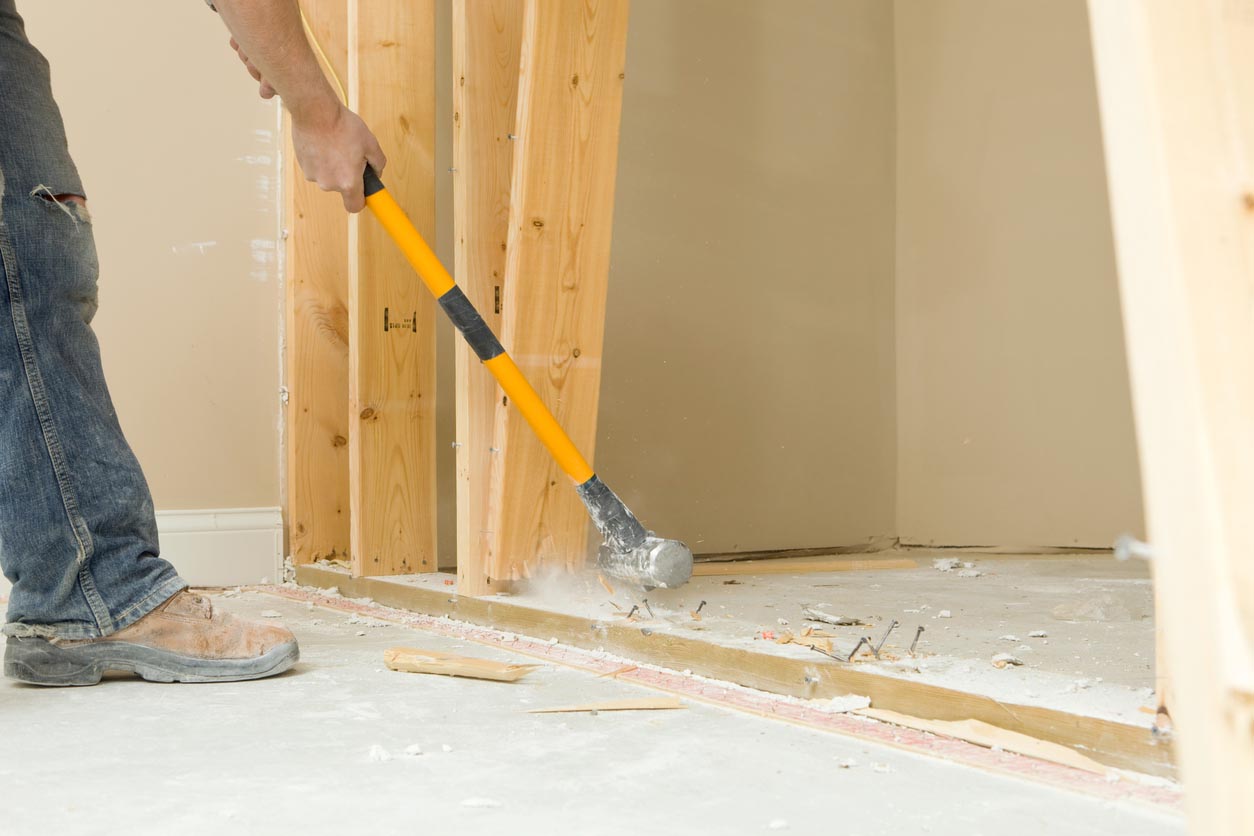
How to Save Money on the Cost to Remove a Wall
Removing walls in a home can be an expensive project, but there are ways for homeowners to cut costs without sacrificing quality or safety.
- Research contractors. Get multiple quotes from at least three professionals and compare their prices and services to find the best deal.
- Consult an engineer. Before removing any walls, consult a structural engineer to avoid compromising home integrity. This small upfront cost prevents larger expenses.
- Choose non-load-bearing walls. These walls are cheaper to take down than load-bearing walls.
- Salvage materials. Reuse salvageable demolition materials like wood or bricks for other projects to save on home renovation costs.
- Communicate goals. Ensure the contractor has a clear project vision to prevent costly last-minute add-ons.
- Consider alternatives. Explore pass-throughs or half-walls, since creating an opening is cheaper than removing the whole wall.
- Schedule strategically. Take advantage of contractor discounts during their slower seasons.
Questions to Ask About Removing a Wall
Removing a wall is a significant project that requires an experienced professional. While looking into some of the best home renovation contractors for the job, homeowners will want to consider asking some important questions as part of the vetting process.
- Can my wall be safely removed?
- Will I need a permit to remove it?
- Are there any potential issues that may come up during the removal?
- How long will it take to remove the wall and handle any other related renovations?
- Will you need to move any electrical, plumbing, or HVAC systems?
- Will removing the wall improve my home’s resale value?
- What safety precautions need to be taken during the removal?
- How much experience do you have removing walls?
- Can you provide me with a portfolio or a list of references for similar wall removal projects?
- Are you licensed and insured for this type of work?
- Do you have experience with local building codes and regulations?
- Will you handle debris disposal, or is that a separate fee?
- Do you offer any warranties or guarantees on your work?
- Can you describe your wall removal process step by step?
- What does the payment schedule look like?
- How will you handle any damage that may occur during the removal process?
FAQs
Wall removal is more than just a renovation project. Homeowners will want to think of the cost to remove a wall as an investment in their home’s functionality and aesthetics. Those still unsure whether removing a wall is the best solution for their home’s layout will want to review the answers to the most common frequently asked questions to determine the path forward.
Q. How do you tell if a wall is load-bearing?
There are a few ways to tell if a wall is load-bearing. First, an external wall is always load-bearing. When it comes to internal walls, though, load-bearing walls tend to be perpendicular to floor joists and directly above metal or multiboard wood beams in a basement. Load-bearing walls are also found directly above or below known load-bearing or attic knee walls.
Q. Do I need a structural engineer to remove a wall?
A structural engineer is often necessary to safely remove a load-bearing wall. Hiring a structural engineer is not necessary if a wall has been confirmed non-load-bearing by a licensed contractor. Non-load-bearing walls impact a home’s overall stability less, while changing a load-bearing wall requires expert analysis to ensure safety.
Q. How long does it take to remove a wall?
The time it takes to remove a wall depends on its type. For example, small, non-load-bearing partition walls can be removed in a few hours. On the other hand, removing large, load-bearing walls can take a whole week, especially if significant supports are needed to bear the load while the wall is being removed.
Q. Do you need a permit to knock down a wall?
Permit requirements for wall removal depend on the specifics of the project. A non-load-bearing wall, for example, does not require a permit unless other modifications are being completed at the same time that impact the home’s structure. However, removing a load-bearing wall is a process that always requires a permit.
Q. Is it easy to remove a wall in a house?
Removing a non-load-bearing wall can be a simple project for an experienced DIYer. However, the job can quickly become more complicated if the wall contains electrical wires or plumbing pipes. Homeowners will want to think twice before attempting to remove a wall when extra steps are involved. Additionally, removing a load-bearing wall can be dangerous and is best left to the professionals.
Sources: Angi, HomeAdvisor, Fixr, HomeGuide
